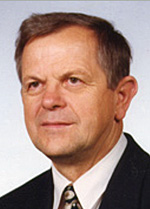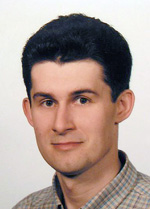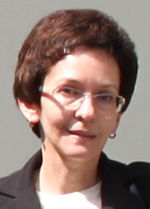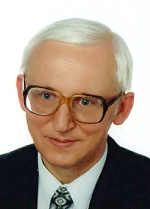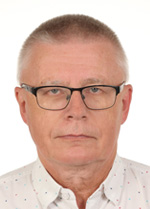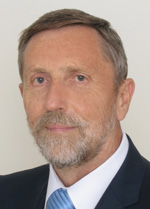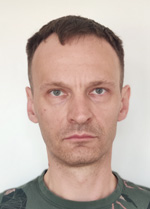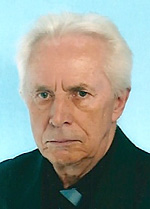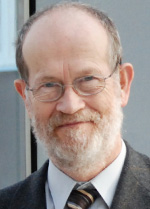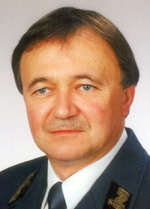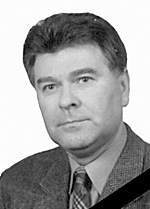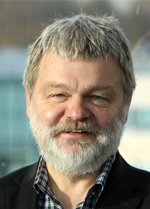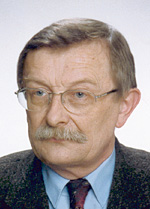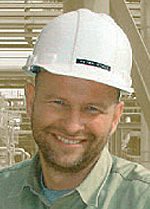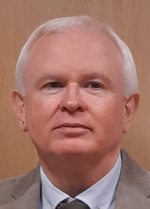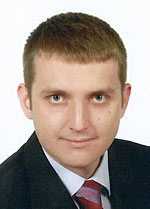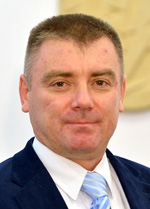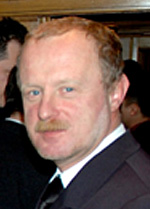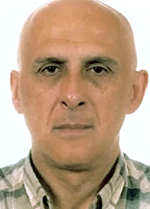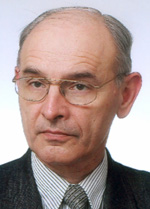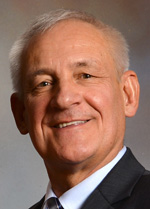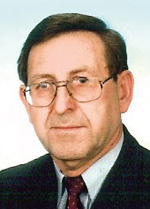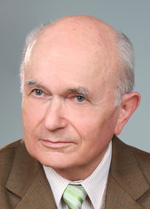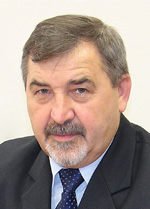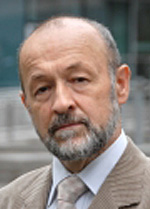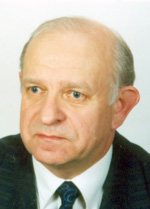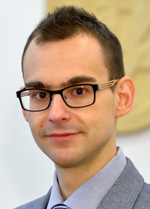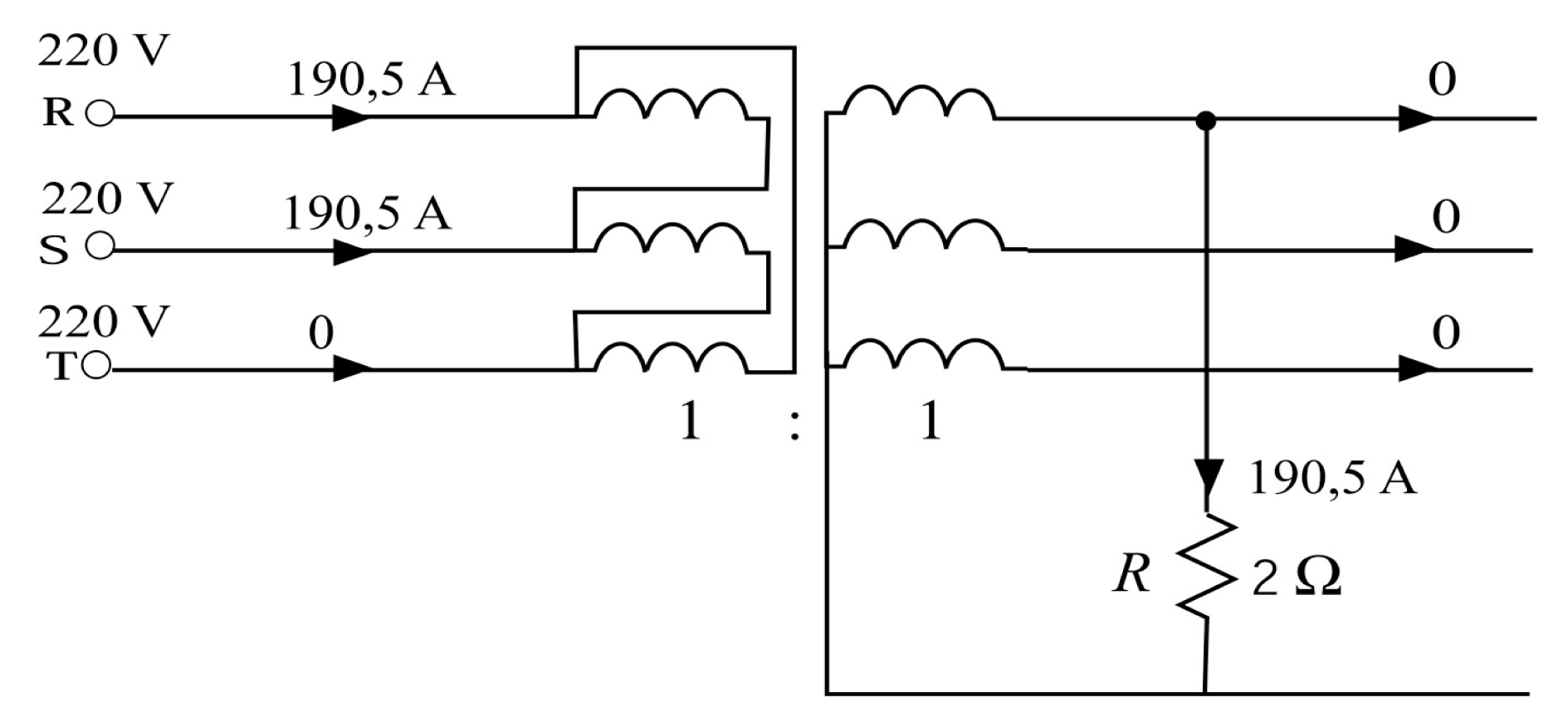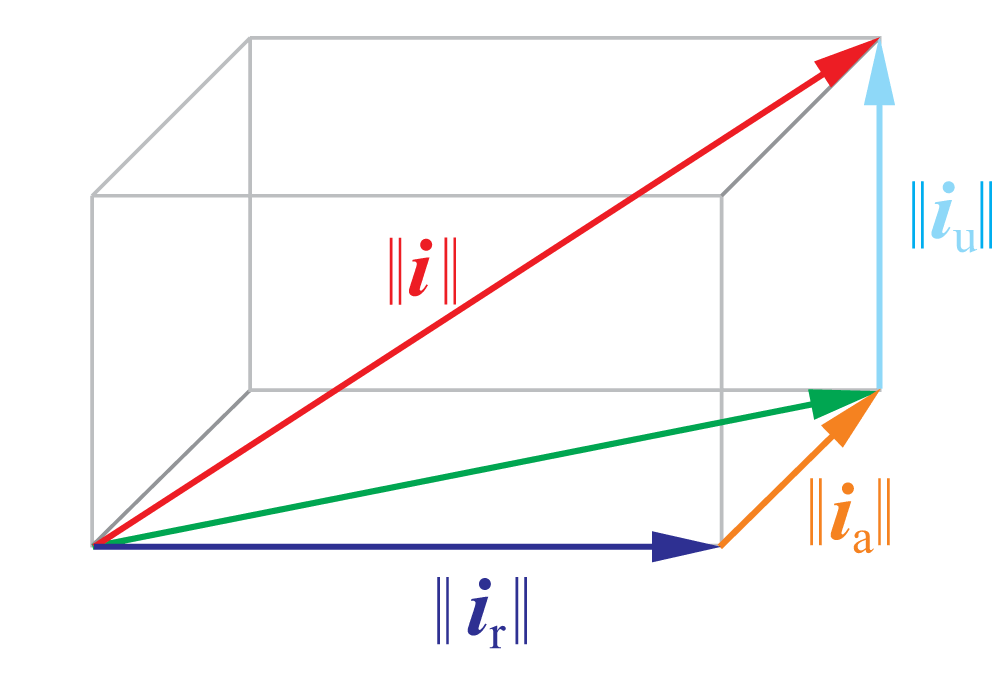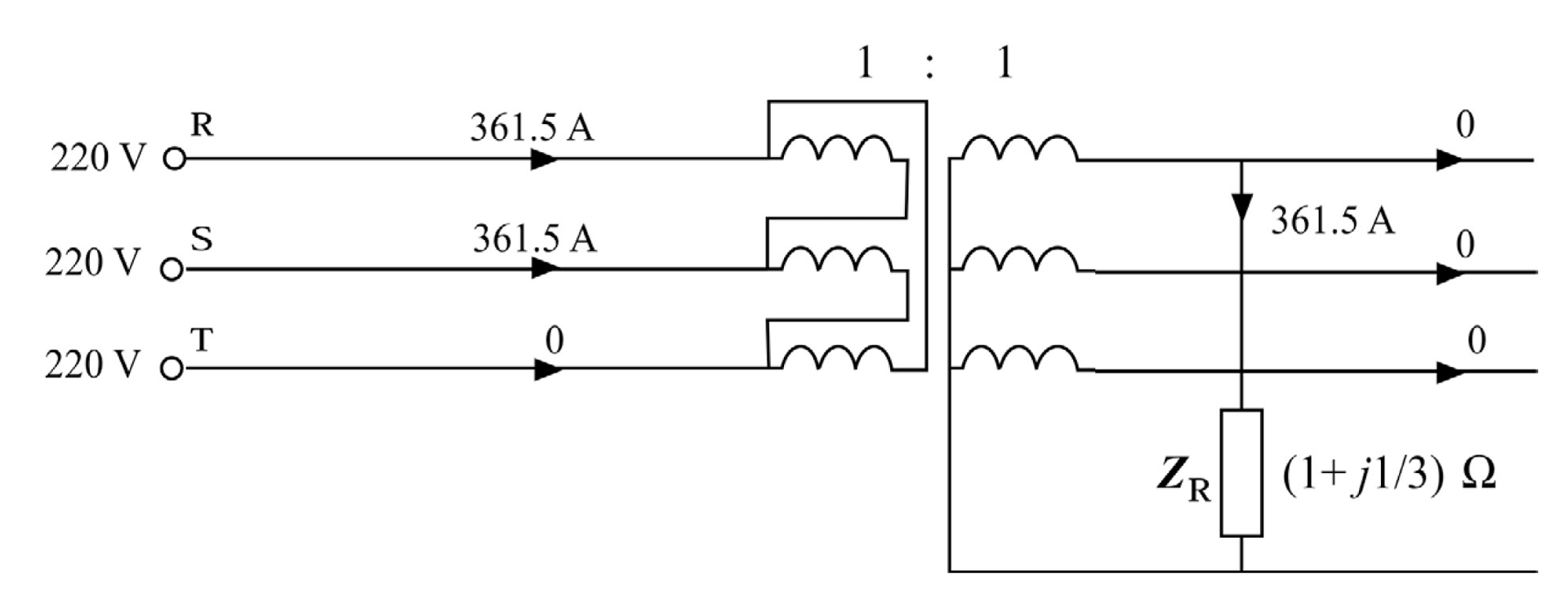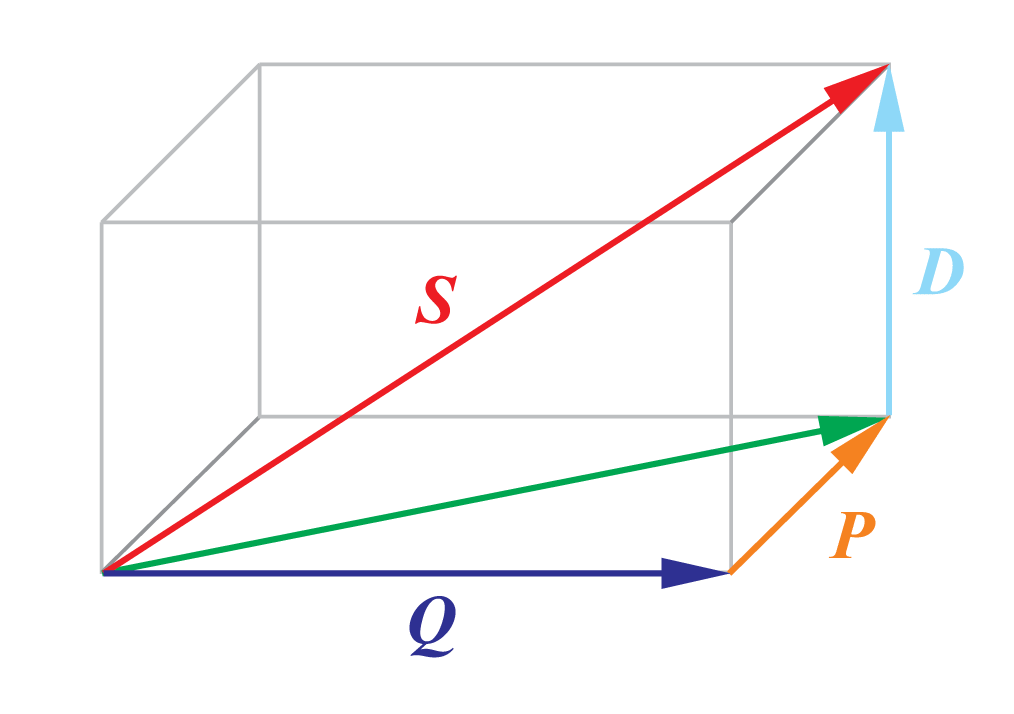E-pismo dla elektryków i elektroników
AUTOMATYKA, ELEKTRYKA, ZAKŁÓCENIA
Vol. 2, Nr 2 (4) 2011
Moce i kompensacja w obwodach z odkształconymi i niesymetrycznymi przebiegami prądu i napięcia Część 4. Moce w niezrównoważonych obwodach trójfazowych z sinusoidalnymi przebiegami prądu i napięcia. Leszek S. CZARNECKI
Powers and compensation in circuits with nonsinusoidal and asymmetrical voltages and currents Part 4. Powers in un balanced three -phase circuits with nonsinusoidal voltages and currents
prof. dr hab. inż. Leszek S. CZARNECKI
Abstract
This series of papers is devoted to power properties and compensation in circuits with nonsinusoidal voltages and currents. In the case of three-phase circuits, considerations have to start with such circuits at sinusoidal voltages and currents, however, because the known power equation (i.e. the relation between active, reactive and apparent power) of such circuits is valid only at mutually symmetrical voltages and currents. When this condition is not satisfied, this equation is erroneous even if voltages and currents are sinusoidal. Waried opinions in electrical engineering community on how the apparent power S in such circuits should be defined, is one of the major reasons for which the known power equation of three-phase systems is not valid. The analysis of various definitions of the apparent power S in three-phase systems and development, with the CPC approach, of the valid power equation of such systems at sinusoidal voltages and currents is presented in this paper.
Streszczenie
Niniejszy cykl artykułów poświęcony jest właściwościom energetycznym i kompensacji w obodach z niesinusoidalnymi przebiegami prądu i napięcia. Jednak w przypadku obwodów trójfazowych rozważania trzeba zacząć od opisu właściwości energetycznych takich obwodów wtedy, gdy przebiegi te są sinusoidalne, gdyż znane równanie mocy, to jest relacja między mocą czynną, bierną i mocą pozorną, jest poprawne tylko wtedy, gdy prądy i napięcia są wzajemnie symetryczne. Gdy wielkości te nie są symetryczne, wówczas równanie to jest błędne, nawet wtedy, gdy prądy i napięcia są sinusoidalne. Jedna z przyczyn tej błędnościwynika z rozbieżności w środowisku inżynierów elektryków odnośnie sposobu definiowania mocy pozornej S.
Keywords
CPC theory, unbalanced current, unbalanced power
Słowa kluczowe
Teoria Składowych Fizycznych, prąd niezrównoważenia, moc niezrównoważenia
Rys. / Fig.
Bibliografia / Bilbiography
[1] Buchholz F.: (1922) Die Drehstrom-Scheinleistung ein ungleichmessiger Belastung drei Zweige, Licht und Kraft, No. 2, January 1922, pp. 9-11.
[2] Czarnecki L.S.: (1999) Energy flow and power phenomena in electrical circuits: illusions and reality, Archiv fur Elektrotechnik, (82), No. 4, pp. 10-15.
[3] Czarnecki L.S.: (1988) Orthogonal decomposition of the current in a three-phase non-linear asymmetrical circuit with nonsinusoidal voltage,
IEEE Trans. Instr. Measur., Vol. IM-37, No. 1, pp. 30-34.
[4] Czarnecki L.S.: (1989) Reactive and unbalanced currents compensation in three-phase circuits under nonsinusoidal conditions, IEEE Trans. Instr. Measur., Vol. IM-38, No. 3, pp. 754-459.
[5] Czarnecki, L.S.: (2005) Moce w Obwodach Elektrycznych z Niesinusoidalnymi Przebiegami Prądów i Napięć, Oficyna Wydawnicza Politechniki Warszawskiej.
[6] Czarnecki, L.S.: (1995) Equivalent circuits of unbalanced loads supplied with symmetrical and asymmetrical voltage and their identification, Archiv fur Elektrotechnik, 78 pp. 165-168.


